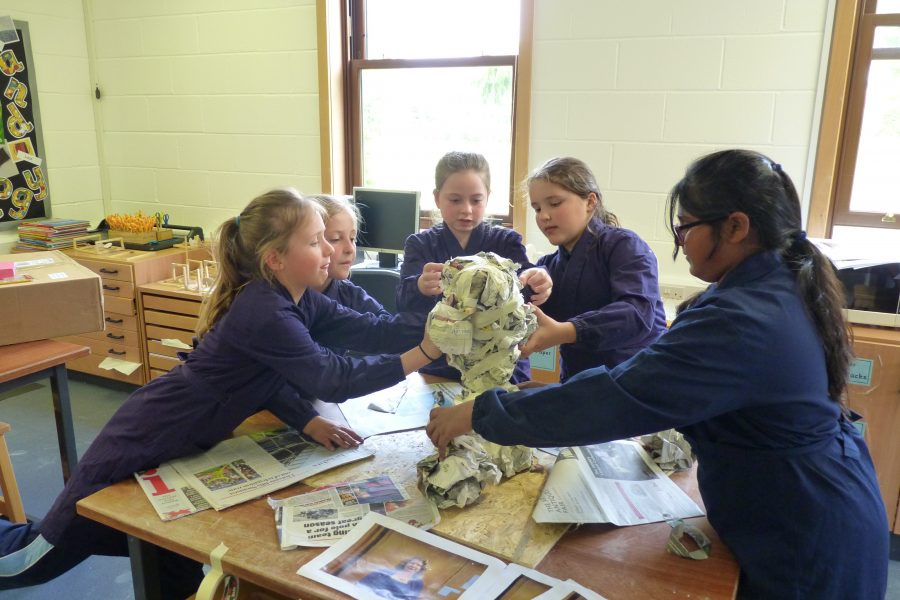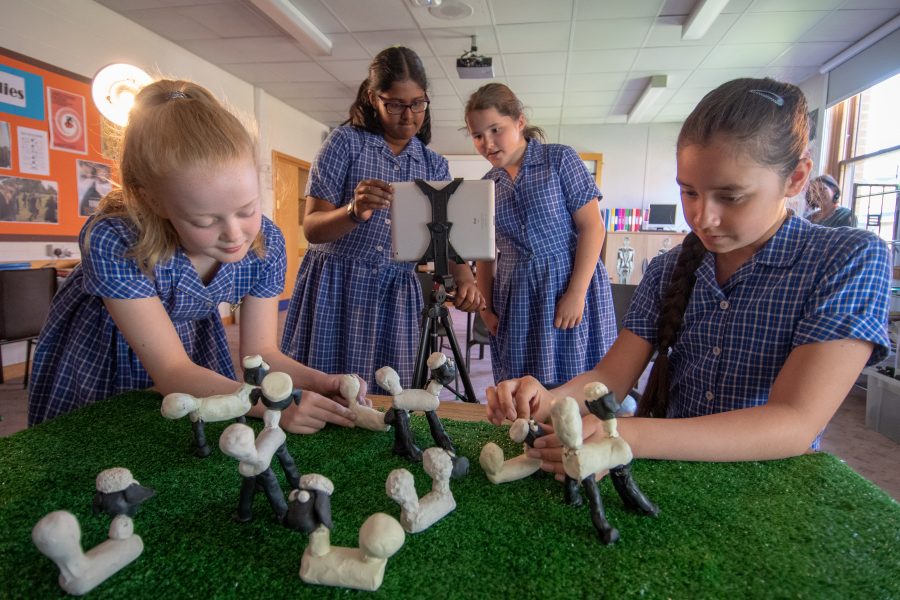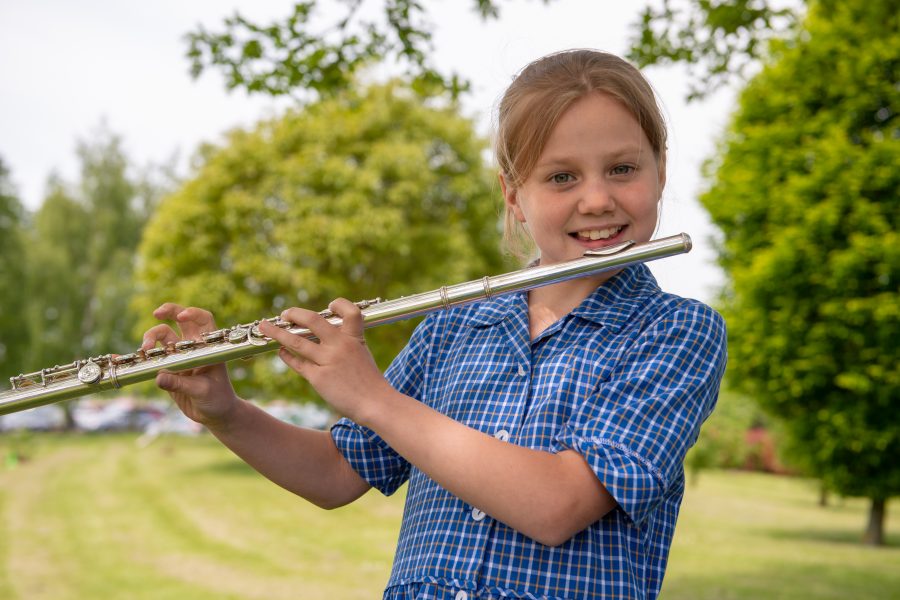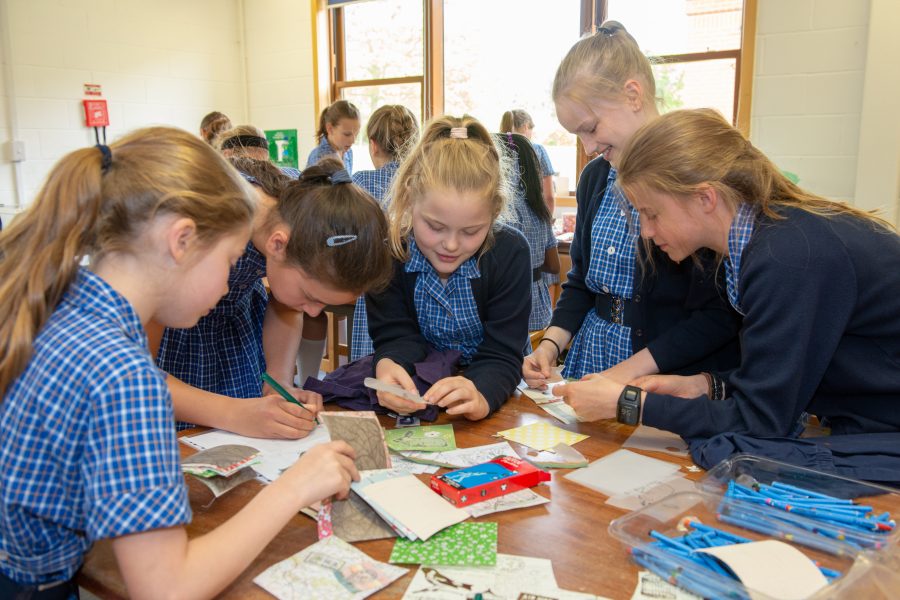Our younger girls learn best in a variety of ways, making it important for us to provide them with choices.
There is simply no substitute for the individual attention of an expert professional on your daughter and her learning. That is why we maintain small class sizes – never more than 24 in a class and frequently fewer.
Compare the stats
In our Junior School…
- Average class size in Key Stage 1 and 2 = 14
- Average pupil:teacher ratio across Key Stage 1 = 12
- Average pupil:teacher ratio across Key Stage 2 = 13
In state primary schools…
- Average class size in state primary schools in the UK in Key Stage 2 = 27 [Source: BBC]
- Average pupil:teacher ratio in state primary schools = 21 [Source: TES]
Parents kept up to date with academic progress and all speak highly of ‘inspirational teachers.’
There is always a watchful eye on them; asking questions, encouraging creativity, making it fun and instilling the learning habits, which, we know from our experience, to be important.
They will tell you about their school day using words like ‘constructing’, ‘designing’, ‘reading’, ‘writing’, ‘counting’, ‘swimming’, ‘dancing’. In fact, they may even sing it to you too!
As girls progress into Key Stage 2 (Year 3 – 6), they already know how to learn with their teachers becoming supporters, guides, and partners in the process. Independence increases each year and pupils spend more time with specialist teachers and in Senior School classrooms.
Technology is an integral part of the learning process and our girls use the latest devices including iPads and Chromebooks with apps to complete tasks remotely and to collaborate with peers.
Students get a good start here, ideally setting them up for the more academic teaching at the Senior School.



